Frmont: Explorer for a Restless Nation, by Ferol Egan, was originally published in 1977 by Doubleday & Company of New York. The present volume reproduces the entire first edition except for the following changes: the title and copyright pages have been modified to reflect the new publisher; a foreword to the new edition has been added; and half a dozen minor corrections were made to the text.
Library of Congress Cataloging-in-Publication Data
Egan, Ferol
Frmont, explorer for a restless nation.
Reprint. Originally published: 1st ed. Garden City, N.Y.: Doubleday, 1977. Bibliography; p. Includes index.
1. Frmont, John Charles, 18131890. 2. ExplorersWest(U.S.)Biography. 3. United StatesExploring expeditions. I. Title.
[E415.9.F8E33 1985] 979'.02'0924 [B]
858492
ISBN 0874170966
University of Nevada Press, Reno, Nevada 89557 USA
Ferol Egan 1977, 1985. All rights reserved
ISBN-13: 978-0-87417-096-2 (paperback)
ISBN-13: 978-0-87417-898-2 (ebook)
Foreword
IF THERE IS such a critter as a 110-percent Westerner, then surely it is Ferol Egan. He was born in the very heart of California's historic Gold Rush country, Tuolumne County in the Mother Lode foothills of the Sierra Nevada, and is so zealous a Far Westerner that he considers anything beyond Mesa Verde to be back East.
Of Irish and Italian (Gianelli) descent, Egan was born in Sonora on July 25, 1923. His Italian ethnicity predominates; he has always considered himself more Ligurian (Genovese) than Hibernian. He was raised, at first, as a smalltown boy, roaming the dusty, horse-manured streets of Jamestown although his family leased a small, 50-acre, cattle ranch just outside of town. But after leasing the old Berry Ranch of 450 acres for some years, Egan's parents bought the place. So it was that the boy moved from Jimtown to a ranch house near the hamlet of Stent when he was about twelve years old. Henceforth, young Egan's life alternated between the routines of schoolboy and cowboy. Each summer, for example, he and his mother would drive the family's whitefaced Herefords up to National Forest land on the Clavey River, where the Egans had grazing rights. Meanwhile, Egan's father, Pat, ran the home place, now called the Egan Ranch. (Of passing literary interest is the fact that its irons burned the 2-U brand, the same as that in the classic cowboy song about the old Chisholm Trail.)
The young cowboy was a track star at Sonora Union High School (193741). In a day when sprinters still wore steel spikes and dug toe holes in gritty high school tracks for want of blocks, he ran 9.9, even 9.8, heats and races without a Washoe Zephyr at his back, and when not competing in hundred-yard dashes was Northern California champion in the low hurdles.
When Egan finished his schooling, he also bade adis to the 2-U beeves and took a job in the Standard Lumber Company's box factory in the little company town of Standard between Sonora and Tuolumne (city). But he soon sought a higher education and entered Stockton Junior College. This institution, later Stockton College and now Delta College, enjoyed a symbiotic relationship with the College of the Pacific. The junior college offered the first two years of study, while C.O.P. provided undergraduates with their upper division courses.
In Stockton, Ferol Egan fell under the influence of the first of a series of mentors who, in greater or lesser degree, steered him in the right intellectual direction. (However, he would change his heading by himself a few times while en route to a distinguished career in writing.) The key individual at Stockton J. C. was an English professor who also taught at C.O.P., Irving Goldman.
Pearl Harbor rudely interrupted Egan's pursuit of an education. He was disappointed at being rejected for military service (because of a broken neck sustained when a horse rolled on him) but went to work the summer of 1942 in Kaiser Shipyard No. 2 in Richmond, helping to build Liberty ships. Eventually, the flanger's helper tired of crawling into cramped spaces as part of the war effort and returned to his studies. Ferol Egan enrolled at College of the Pacific in 1942 and graduated in three and a half years. The future writer was both surprised and pleased to find the caliber of teaching to be high at C.O.P. (a cow college in the eyes of Berkeley's Old Blues) and his instructors not only energetic and talented, but motivated. His geology teacher spent his summers as a Yosemite ranger. A favorite professor, Dr. Clair Olson, taught Anglo Saxon and Middle English during summer sessions at U.C. Berkeley. Egan's instructor in physical anthropology, actually a professor of biology who was doubling up, founded the college's marine research station at Dillon's Beach in Marin County. (Egan is still proud that he got an A in anthro when the rest of the class was composed of workaholic premedical students.)
After securing his teaching credential at U.C., Ferol Egan taught (1948-49) at Arcata Union High School and served as its assistant track coach. But the frequent and often long-lasting sea fogs of the Redwood Coast did not provide an ideal climate for a youth accustomed to long, bake-oven summers in the Mother Lode. (He had had a bellyful of fogsof the tule varietywhile in Stockton.) He left socked-in Humboldt Bay in order to reenroll at C.O.P. and obtain (194950) his M. A. degree in English, thanks to a thesis on the Western novel. At this time, Egan encountered another influence on his ultimate career, the aforementioned Clair Olson, a truly distinguished teacher.
During 195051, Egan taught English at Yuba College in Marysville. But the outbreak of the Korean War brought about a faculty retrenchment in which only the tenured were retained for the duration. Cast loose, Egan worked (195152) for the Matson Navigation Company on the San Francisco Embarcadero as a timekeeper and assistant cargo planner. But the call of culture was still strong so, in the fall of'52, he accepted a position at Reno High School. There he fortuitously fell into the company of Nevada historians Dr. Effie Mona Mack and Sessions (Buck) Wheeler. During the summer of 1953, the young teacher enhanced his extra-curricular education by working as a key-man in the Harold's Club casino, paying off slot machine winners, refilling the slots after jackpots, and practicing internal medicine and minor surgery on the innards of the hard working one-armed bandits.
An offer of a teaching post at his renamed alma mater, Stockton College, took Egan back to the classrooms from the gaming rooms of Reno. The Luck of the (Italo-) Irish held and he again fell in with people of like interests and talents, including the Mother Lode historian, Dr. R. Coke Wood, and Lorraine Knowles, daughter of O.O.P.'s chancellor, Tully Knowles. He also became acquainted with the latter, a white-goateed gent who was a local legend in his own lifespan. They took to riding horseback together on the Delta levees of the Calaveras River country. Egan also became a friend of the affable Dr. Robert (Bobby) Burns, Knowles's successor as president of C.O.P.
In the spring of 1956, Ferol Egan entered the Ph.D. program of the English Department at U.C. Berkeley although, by now, his interest in history and anthropology equalled or exceeded that in English-language literature. He took a course on the American Indian from Robert Heizer and made the acquaintance of another mentor, Dr. Charles Camp of the Paleontology Department. (Eventually, Egan and Camp coauthored a children's book on fossils which, alas, was never published.) Ferol also became a friend of one of Bolton's boys, Dr. George P. Hammond, first a professor of history, then director of the Bancroft Library.




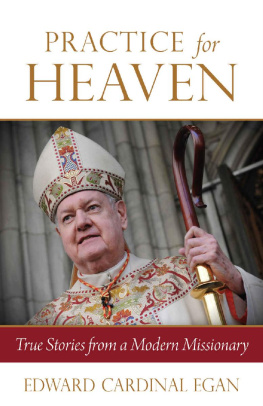
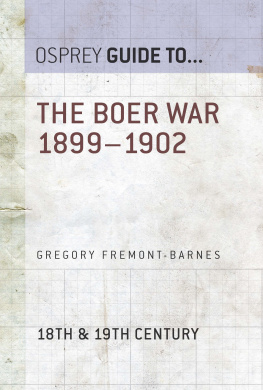
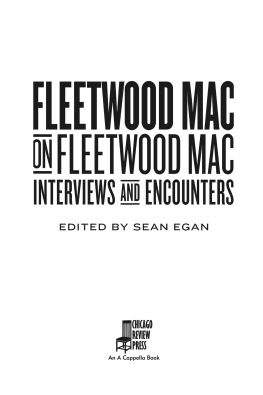
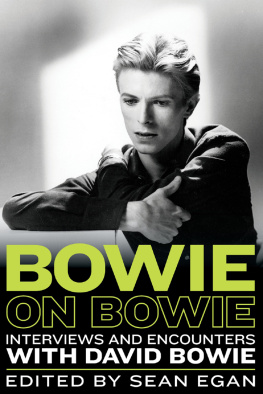

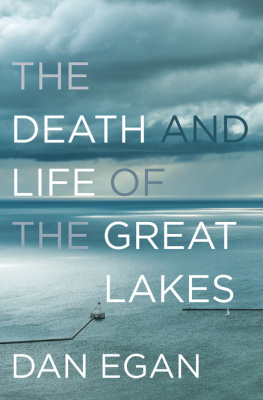
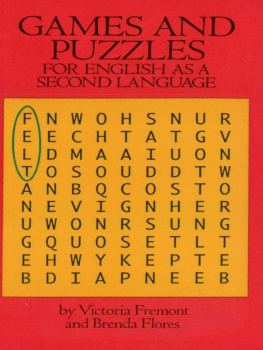
![Gregory Fremont-Barnes - A History of Counterinsurgency [2 volumes]](/uploads/posts/book/74652/thumbs/gregory-fremont-barnes-a-history-of.jpg)

